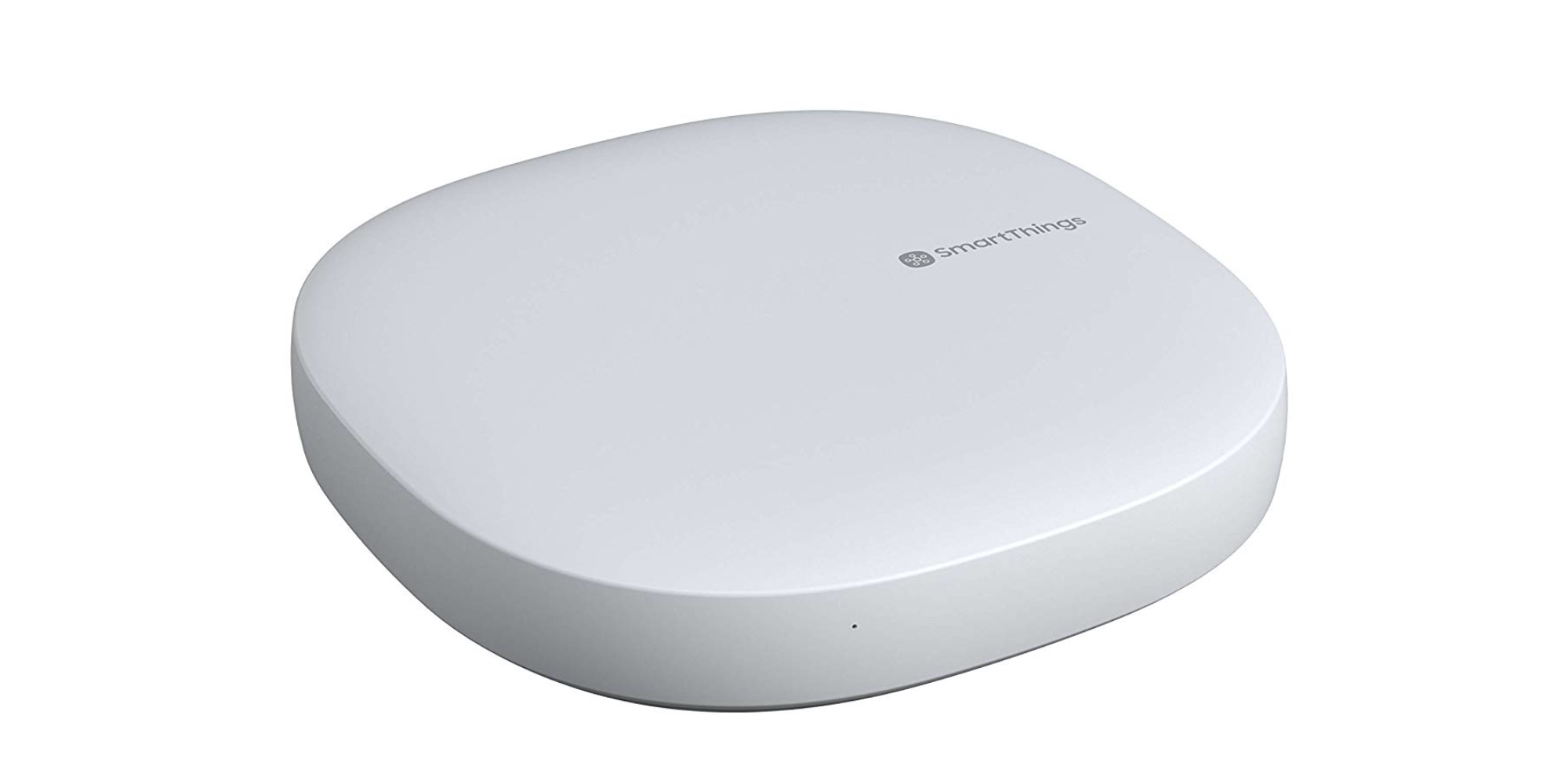

(NOTE: The prices are for the hub only, and do not include the variety of individual controlled devices.)

50-100 feet indoors), and the number of devices that can be synced to any given hub (around 230).

The key is to have one central device - what we call a “hub” – that manages and controls all sorts of individual Z-Wave devices.Īll Z-wave systems are relatively similar when it comes to their remote accessibility, their wireless range (approx. There are a lot of available Z-Wave systems that can be accessed remotely, but each item may require a different app to operate. With these systems, anyone can “plug and play”, but before you do, here are a couple of things everyone should know. Instead, Z-Wave enables the Do-It-Yourselfers to have a complete automated experience with little to no wires – and certainly no headaches. With Z-Wave, long gone are the days of having to hardwire your house to experience home automation. All the different Z-Wave hubs traditionally provide remote access to your Z-Wave network (via smartphone, tablet, or computer) through an Internet connection. What is Z-Wave?Īt its core, Z-Wave is a wireless communications protocol that allows devices in your home to “speak” to each other through radio frequency waves. Here’s the Home Controls guide to what Z-Wave is and which hub fits you the best. There are thousands of Z-Wave products on the market, and new hubs are released every few months by large and small companies alike. Z-Wave smart home control controllers have burst onto the home automation scene in a frenzy that can only be described as, well, overwhelming.


 0 kommentar(er)
0 kommentar(er)
